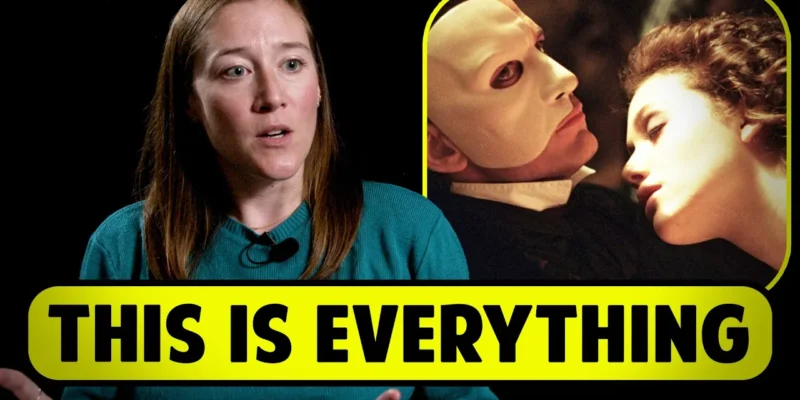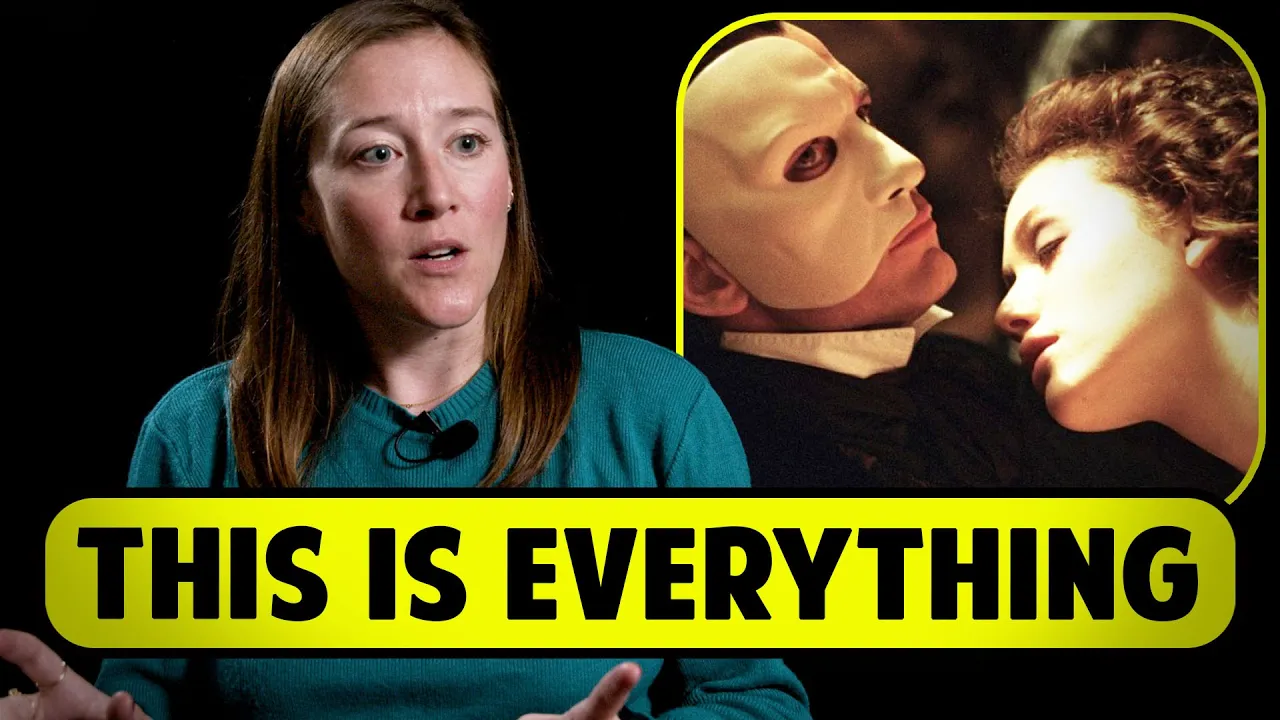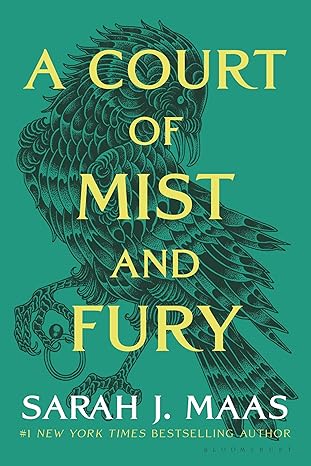
Understanding the Heart of Storytelling with Sarah T. Schwab

Storytelling has always been a powerful medium for connection and expression. For Sarah T. Schwab, an award-winning filmmaker, the art of storytelling is not merely about crafting narratives; it’s about exploring the deeper human experience. In this blog, we delve into the insights she shares about what makes a story impactful and the journey that leads one to become a storyteller.

The Roots of Imagination
Sarah’s journey into storytelling began in her childhood, growing up in rural Buffalo, New York. Surrounded by cornfields and dairy farms, her imagination flourished in solitude. As an only child, she often played alone, using the woods as her backdrop for creating stories. This early connection with nature and the art of storytelling laid the foundation for her future pursuits.
Her mother, a writer and registered nurse, played a significant role in fostering this creative environment. With books always available and family movie nights, storytelling became a staple in their home. Sarah recalls her love for school musicals and theater, which further ignited her passion for the arts. It was clear from a young age that she was destined to explore the world of storytelling.
What Makes a Great Story?
According to Sarah, the essence of a great story lies in its ability to touch upon basic human conditions. These conditions vary from person to person, but they often encompass themes like love, hate, jealousy, and compassion. A well-crafted story resonates emotionally and invites audiences to lean in and engage with the narrative.
She emphasizes the importance of answering key questions: Why is this story being told now? What is the character’s arc? And what journey must they undergo? When these elements are addressed satisfactorily, a story transcends mere entertainment and becomes a form of art that connects with the audience.

Memorable Experiences with Storytelling
Reflecting on her childhood, Sarah recalls a pivotal moment when she experienced a profound emotional connection through theater. Attending a performance of “The Phantom of the Opera” at a young age left a lasting impression on her. The shocking moment when the chandelier fell captivated her, marking her first encounter with the power of live storytelling. This experience illuminated her understanding of how a story can evoke deep emotions.
Sarah also acknowledges the influence of literature on her development as a storyteller. She read a wide range of works, including those by Jane Austen, despite them being beyond her age. This exposure to diverse narratives broadened her perspective and inspired her creativity.

The Motivation Behind Storytelling
When asked about her motivation for storytelling, Sarah explains that it never stemmed from a desire for fame or recognition. Instead, her driving force has always been the desire to connect with others through shared experiences. Growing up, she often found it challenging to relate to her peers, leading her to seek connection through storytelling.
For Sarah, storytelling is a way to bridge gaps and foster understanding. She believes in the power of narratives to evoke feelings and spark conversations, making the world feel a little less lonely. This perspective fuels her passion for creating stories that resonate with audiences on a personal level.

The Role of Emotion in Storytelling
At the core of Sarah’s storytelling philosophy is the belief that a good story must evoke emotion. Whether it makes you laugh, cry, or feel fear, the emotional impact is what lingers long after the story is told. The ability to elicit such responses is what separates a good story from a great one.
She encourages aspiring storytellers to explore their own emotions and experiences. Authenticity in storytelling creates a genuine connection with the audience, making the narratives all the more powerful. By tapping into personal truths, storytellers can craft narratives that resonate deeply with others.

Exploring Different Mediums
Storytelling can take many forms, from theater and film to literature and beyond. Sarah’s diverse experiences in these mediums have shaped her understanding of narrative construction. Each medium offers unique opportunities to connect with audiences and convey stories in distinct ways.
For instance, the immediacy of live theater allows for a dynamic interaction with the audience, while film can capture intricate details and nuances through visual storytelling. Sarah emphasizes the importance of understanding the strengths of each medium and how they can be utilized to enhance the storytelling experience.

The Influence of Cultural Narratives
Cultural narratives play a significant role in shaping individual perspectives and experiences. Sarah believes that storytelling is not just about personal experiences but also about reflecting the broader human condition. By exploring diverse cultural narratives, storytellers can create richer, more inclusive stories that resonate with a wider audience.
She encourages aspiring storytellers to draw inspiration from their own backgrounds while remaining open to the stories of others. This approach fosters empathy and understanding, allowing for narratives that reflect the complexity of the human experience.

Conclusion: The Journey of a Storyteller
Sarah T. Schwab’s journey as a storyteller is a testament to the power of imagination and the importance of connecting with others through shared narratives. By understanding the core elements that make a story impactful, aspiring storytellers can craft narratives that resonate deeply with audiences.
Her insights remind us that storytelling is not simply an art form; it is a means of exploring the human condition and fostering connections. As we navigate our own storytelling journeys, let us remember to embrace authenticity, emotion, and the diverse narratives that shape our world.
For those interested in experiencing Sarah’s work firsthand, watch “A Stage of Twilight” (2022), a film that encapsulates her storytelling philosophy and emotional depth.

















